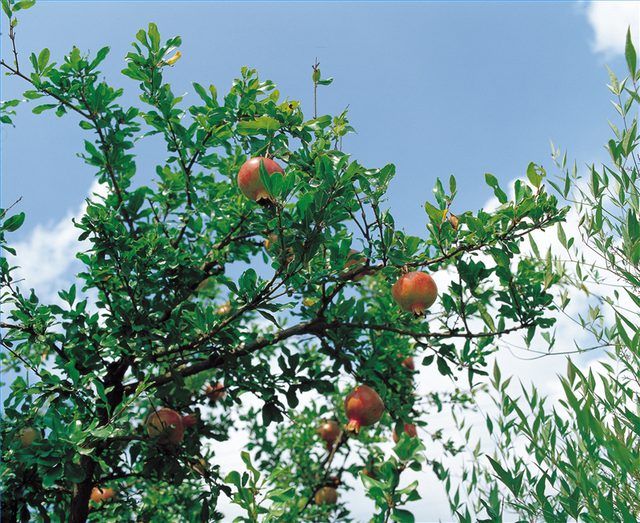Bulbs
Flower Basics
Flower Beds & Specialty Gardens
Flower Garden
Garden Furniture
Garden Gnomes
Garden Seeds
Garden Sheds
Garden Statues
Garden Tools & Supplies
Gardening Basics
Green & Organic
Groundcovers & Vines
Growing Annuals
Growing Basil
Growing Beans
Growing Berries
Growing Blueberries
Growing Cactus
Growing Corn
Growing Cotton
Growing Edibles
Growing Flowers
Growing Garlic
Growing Grapes
Growing Grass
Growing Herbs
Growing Jasmine
Growing Mint
Growing Mushrooms
Orchids
Growing Peanuts
Growing Perennials
Growing Plants
Growing Rosemary
Growing Roses
Growing Strawberries
Growing Sunflowers
Growing Thyme
Growing Tomatoes
Growing Tulips
Growing Vegetables
Herb Basics
Herb Garden
Indoor Growing
Landscaping Basics
Landscaping Patios
Landscaping Plants
Landscaping Shrubs
Landscaping Trees
Landscaping Walks & Pathways
Lawn Basics
Lawn Maintenance
Lawn Mowers
Lawn Ornaments
Lawn Planting
Lawn Tools
Outdoor Growing
Overall Landscape Planning
Pests, Weeds & Problems
Plant Basics
Rock Garden
Rose Garden
Shrubs
Soil
Specialty Gardens
Trees
Vegetable Garden
Yard Maintenance
How to Bud Graft a Fruit Tree
How to Bud Graft a Fruit Tree. Grafting or splicing together two different plants is sometimes the only way to produce a particular variety of fruit. If the specific variety of fruit you want does not grow from a seed, then grafting is the solution. Grafting also helps cultivate fruit trees when their native root systems won't grow in your soil or...

Grafting or splicing together two different plants is sometimes the only way to produce a particular variety of fruit. If the specific variety of fruit you want does not grow from a seed, then grafting is the solution. Grafting also helps cultivate fruit trees when their native root systems won't grow in your soil or climate zone. Budding is one of the most successful methods of grafting and is a simple process if you keep a few facts in mind.
Things You'll Need
Budstick from a tree that produces the type of fruit you want to cultivate
Healthy fruit tree to act as the understock
Budding or pocket knife
Tape or budding bands
Select a twig containing several healthy, mature leaf buds as your budstick.
Cut a single bud from the budstick using a sharp knife. Special budding knives do exist, but a sharp pocket knife works just as well. Begin the cut 1/2 to 3/4 inch below the bud and slice upward, angling opposite the bud. Stop the cut 1/2 to 3/4 inch above the bud. The remaining sliver of wood is called the shield. The shield must be cut straight, and kept free of dirt. Wavering cuts or particles of dirt can prevent proper bonding between the bud and the understock and result in a failed graft.
Choose a plant with new, healthy growth as your understock.
Designate the graft site. On a young understock, select a smooth area along the main stock 2 to 3 inches above the ground. On a more mature understock, select a smooth area of the main stock free of branches, or a twig-free area on a branch 15 or more inches out from the main stock.
Make a 1 1/2-inch cut at the selected graft site. Be careful to cut only the bark and do not pierce the wood. Cut with the wood grain in an upward direction if the site is located on a vertical stock.
Crosscut the top of the first cut at a downward angle so that a "T" is formed. Again, cut only the bark and not the wood.
Lift the bark at the intersection of the two cuts. Insert the base of the bud into the bark and slide it downward so that the top of the bud is even with or lower than the crosscut.
Wrap the site above and below the bud to keep direct contact between the bud and the understock. This keeps the bud from dislodging before it can form a union with the understock. Use grafting tape or rubber grafting bands because they are designed to prevent damage to the tree. Electrical tape and even duct tape work as well.
Wait about ten days and then check on the graft. If the bud and understock look fresh and healthy, they have formed a union and the graft is successful. If either the bud or the understock look dry and withered, the graft has failed.
Prune off any remaining budstick above the bud. Also prune any off-shoots once the bud graft begins to grow.
Eliminate the danger of the mature tree producing both the budded variety of fruit and the tree's original variety of fruit by pruning away any growth on the understock that is not the result of grafting.
Tips & Warnings
Expect the newly grafted bud to remain dormant until the following spring unless you live in a climate that is warm year-round.
Most varieties within a species of fruit tree are interchangeable. Different families of trees, however, do not graft well. Once you've decided on the particular fruit you want your grafted tree to produce, find the species of fruit trees that produce the strongest plant when the two are grafted together.
When the bark separates easily from the wood of your understock and the buds to be used are fully mature, the two are ready to be bud grafted together.
Complete the budding process before either the bud or the cut understock can dry out. They loose viability once they dry and the graft will fail.